Shochu Seminar &Tasting by Japan Sake & Shochu Makers Association @ Renaisance Hotel
After several
awe-inspiring palate affairs, the journey has now taken us to another level up
in exploring the unique alcoholic beverage from the Land of the Rising Sun.
Guests and media friends at this seminar are thoughtfully fed with more information pertaining to Japanese Shochu and how this traditional spirits is produced. During the opening speech by Japanese speaker, we are also enlightened on the shochu basic introduction and tips on how to best enjoy it. With the aim to impart more knowledge on Shochu at this augural introduction seminar to the Kuala Lumpur market, each guests is also guided on some sensory evaluations in distinguishing the major types of ingredients used; namely barley(mugi), rice(kome) and sweet potato(imo).
Area where the distinguished shochu producers are seated.
As for the media partners and invited guests are cordially located here.
Therefore,
each table is prepared beforehand with a set of sampling of shochu varietals,
ranging from Sweet Potato, Rice, Barley (Popular), Awamori and last but not
least, Barley (Traditional- which is of stronger taste).
Though only 5
types of shochu are prepared during this sampling session, there are indeed
several more base ingredients which offers wide-ranging tastes and flavours, that are locale to its respective places of
origin.
Japan Region
|
Sake lees (Nihonshu-kasu
shochu)
|
Hokkaido
|
Potato (Jyagaimo)
|
Nagano
|
Buckwheat (Soba)
|
Kumamoto
|
Rice (Kome)
|
Iki City, Nagasaki
|
Barley (Mugi)
|
Okinawa
|
Thai Rice & Black
Koji (Awamori)
|
Amami Island
|
Brown Sugar (Kokuto)
|
Kagoshima
|
Sweet Potato (Imo)
|
Miyazaki
|
Sweet Potato (Imo),
Buckwheat (Soba)
|
Oita
|
Barley (Mugi)
|
Izu Island
|
Sweet Potato (Imo),
Barley (Mugi)
|
So what is Shochu
actually, you might ask. Generally, these beverages are also a type of distilled
liquor that uses koji mold during its
production with ABV usually ranging from 20% to 30%, slightly higher than beer.
Back in Japan, Honkaku Shochu (Authentic Shochu) and Awamori are known as “Kokushu”,
which means national authentic alcoholic drink that shares the same reputation
as sake. Indeed, we can see our Japanese compatriot really takes much pride in
ensuring the best quality of shochu is produced and are more glad than happy to
share with us the many unique ways of enjoying these specialties at the
international arena.
Koji
– rice/ barley cultivated with koji-fungus (a mold type),
that supply the essential enzyme which
catalyses fermentation, contributing a mild taste to sochu. The Honkaku Shochu
uses white koji whereas Awamori utilizes black koji.
Difference
between production of Honkaku Shochu and Awamori is that, the latter only
requires first fermentation which eventually, both would need to undergo single
distillation, ensues by proper aging, filtration, water dilution and storage
before is ready for commercial purpose.
Alright,
enough of facts-feeding and thank you guys, for bearing with me :)
Along the
slide shows presentation, we are also guided nobly on how the shochu tasting
should be and to distinguish them decently.
Shochu Types
|
Typical Flavour
Characteristic
|
Sweet potato
|
Sweet and citurs-like
aroma, soft and broad sweetness
|
Rice
|
Popular - Mellow and
rose-like aroma, light and soft taste
|
Traditional- Resembles
cooked rice and getle flavour
|
|
Barley
|
Popular - Fresh and
flowery aroma, light and clear taste
|
Traditional- Roast
barley-like with bittersweet flavour
|
|
Awamori
|
Popular- Complex and
straong flavour
|
Aged- Increasomg vanilla
and mushroom-like aroma with smoother taste
|
Among the 11 Japanese Shōchū producers that participate in this seminar.
The seminar
is soon rounded up with food feasting, followed by casual shochu tasting.
Every bon
vivant’s palate is treated with sumptuous array of delicately garnished morsels
from the kitchen of Renaissance Hotel.
Whole Baked Red Snapper in Salt Crust
with Warm Ratatouille Vinaigrette
Juicy fish meat
albeit wrapped with thick coarse salt layer that injects natural saltiness
complementing its freshness.
European Top Cheese Platter
Made up of
Peppercorn, Goat Cheese, Brie and Gorgonzola assortments. Those dainty and
edible petals just spice up this platter even more!
Beef Fillet in Brioche with Cream
Spinach
Tender meat alternately
sandwiching wilted spinach delectably.
Medley of slow roasted vegetables
Great choice
of salad alternatives with slightly seared beet roots as one of the unique pairing
though. Mild earthy and smoky taste but nutritious!
More moreish dishes to tame the tummy before the shochu exploration.
There are even some Western fares to complement the shochu tasting.
My very own floral-designed cheese platter.
Subsequently, shochu tasting session commences as we are
led by one buddy, who happens to be a devotee of distilled booze.
Our sensuous tour
is accompanied by myriad of shochu
from numerous producers.
Japansch Zaky Kannoko (From
Satsuma Shuzo Co., LTD)
~ Type : Mugi Shochu (Distilled
spirits made from barley)
~ Made from barley and aged for long
time
~ ABV 25%
~ Malt starter: Shiro Koji (White
Koji)
~ Taste: Smooth and mellow, with light
smoky aroma
~ Distillation method : Normal
pressure, single distillation
Shochu Ya No Umeshu (From
Satsuma Shuzo Co., LTD)
~ Umeshu (Japanese Plum Liquor)
~ Made from Nankobai plum
~ ABV 14%
~ Sweet- sour balance and blended with
sweet potato shochu
Aka Satsuma (From Satsuma Shuzo Co., LTD)
~ Imo Shochu (Distilled spirits made from sweet potato)
~ ABV 25%
~ Malt starter: Shiro Koji (White Koji)
~ Made from Ei Murasaki sweet potato
~ Fruity and mild sweetness, with luscious smooth finish
~ Normal pressure, single distillation
Shochu and sake aficionado are seen inquisitively mingling around for more
details.
Plum Liquor of
Wasanbontou (From Genkai Shuzo Co., LTD)
~ Authentic barley shochu, plum,
Wasanbon sugar and honey
~ ABV 15%
~ Sour-sweet and mellow
Thank you for your hospitality and many insightful tips.
Iki Super Gold 22 (From Genkai
Shuzo Co., LTD)
~ Barley (2/3) and malted rice (1/3)
~ White Koji
~ ABV 22%
~ Robust flavour
~ Reduced pressure distillation
Nadeshiko (From Ikinokura
Distillery Co., LTD)
~ Flower yeast extracted from dianthus
flower
~ Barley and malted rice
~ White Koji
~ ABV 25%
~ Refined and light sweetness
~ Reduced pressure distillation
Gojujyo Tsutsumi (Tsutsumi
Shuzo CO,. LTD)
Gokujyo means
the finest quality; a luxury product that you can enjoy with a unique
fragrance, color and personal taste.
Printed
number on the bottle (in this case is #145), is the barrel number, with each
range limited only to a few hundred.
~ Rice, malted rice, dietary fibre
~ ABV 40%
~ Deep rich flavor of full-bodied
~ Very smoky and some likens it to whisky.
~ Reduced Pressure Distillation
As for me, I personally
prefer and is enticed by the pinkish Koishisou
(Red Perilla Liquer) from Sengetsu Suzho),
seconded by the sour-sweetness taste of Tsutsumi
Shuzou’s plum wine, Kurahachi-Umeshu.
Koi Shiso (Sengetsu Shuzo Co., LTD)
This is Red Perilla Liquer.
Its natural
colour is extracted from the Japanese Basil which has a high content of
minerals and vitamins. Fairer sex would love it by all means. Like its
namesake; Koishisou, which means “I am in the mood for love”.
~ Rice shochu, red shiso, fructose and
citric acid
~ ABV 7 %
~ Nutritiously sweeter and fruity
Kurahachi Umesyu (Tsutsumi
Shuzo CO,. LTD)
Acidulent and full-bodied flavor produced from barrel-shochu, Shirakaga plum and rock sugar.
~ Plum wine
~ Rice Shochu, Shirakaga plum, rock
sugar
~ ABV 14%
In a
nutshell, this Sochu Seminar &
Tasting serves to be an eye-opener in educating and providing gastronome
with another alternative when it comes to liquor pleasure perse. The shochu is
quite versatile in the sense that it could drank on the rock; adding ice cubes,
adding hot or cold water for a comforting sensation or even concocted with varieties
of cocktails and sodas. With moderate intake of shochu, it does boost several
health benefits that includes reduced risk of obesity due to non-sugar usage
and lower calories, and even
aromatherapy effects.
Am pretty sure in no time, shochu would be widely talked about and
its knowledge gets expanded steadfastly throughout the oversea market that
naturally leads to its robust expansion. It could also well be a convincing competitor
when it comes to exquisite aperitif which am really looking forward.
Such an uber
awesome and discovery night indeed!
どうもありがとうございました
Dōmo
arigatōgozaimashita……………….
Japan Sake and Shochu Makers
Association
Address:
1-1-21 Nishishinbasi, Minatoku, Tokyo 105-0003 Japan
TEL:
+81-3-3501-0101 (Japanese language only)
Seminar Venue:
Renaissance
Kuala Lumpur Hotel
Corner of
Jalan Sultan Ismail and Jalan Ampang, 50450 Kuala Lumpur, Malaysia
Feel free to Like/ Follow Carpe Diem page for more extraordinary discoveries of the epicurean world, cheers!











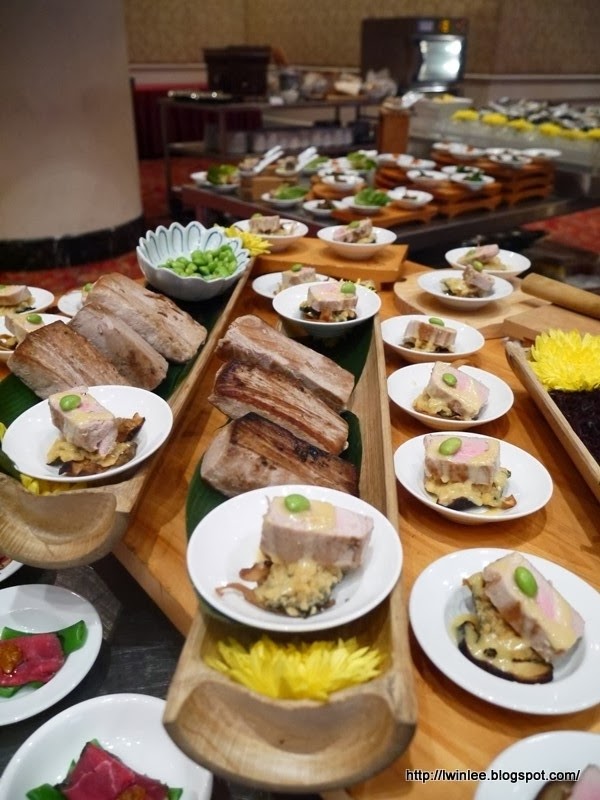





















































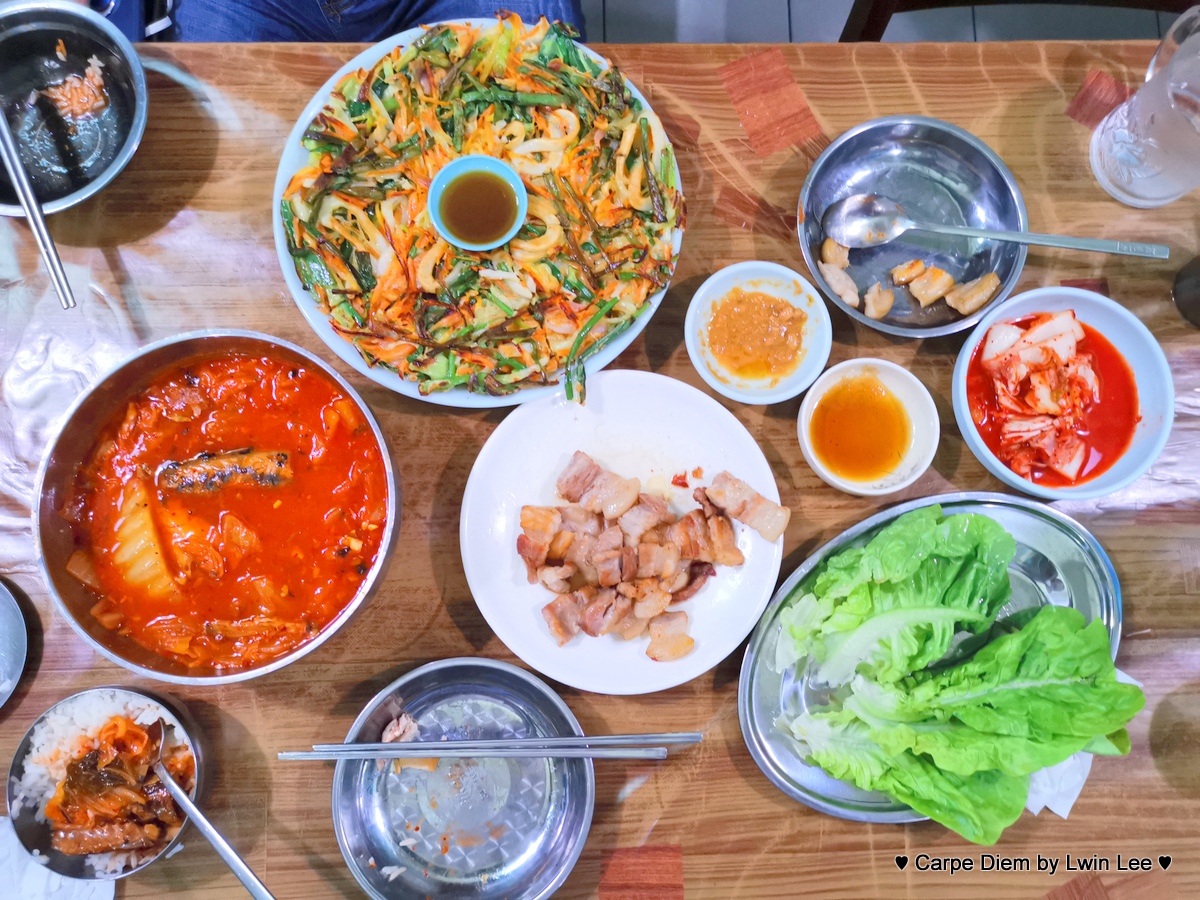
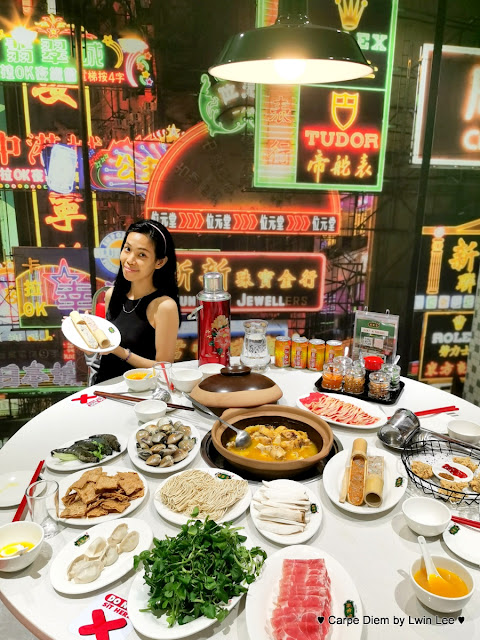

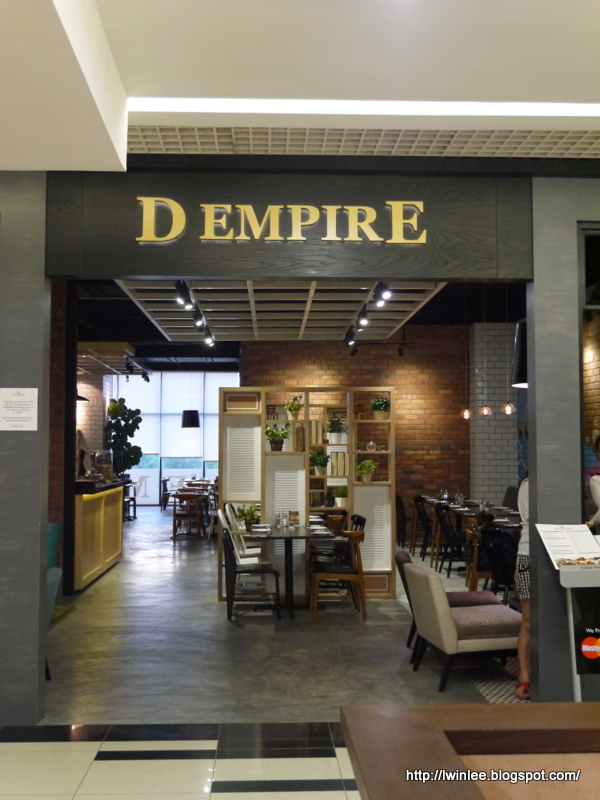




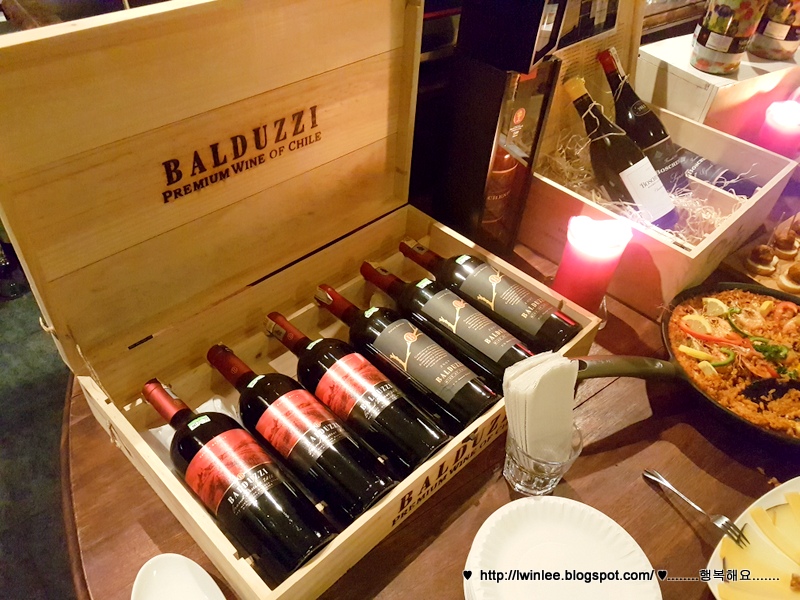
wow, a lot of pictures.. was an informative event. hehe
ReplyDeleteHey Isaac!
DeleteYes, indeed and my camera was actually overflow with lots pics! But then, still have to scrutinize them through.....so.... takes up pretty some time, lol.... Anyway, looking forward to your sharing, sifu :)